
The Nearctic realm is one of the eight biogeographic realms constituting the Earth's land surface.

The Palearctic or Palaearctic is the largest of the eight biogeographic realms of the Earth. It stretches across all of Eurasia north of the foothills of the Himalayas, and North Africa.

The Pentatomoidea are a superfamily of insects in the suborder Heteroptera of the order Hemiptera. As hemipterans, they possess a common arrangement of sucking mouthparts. The roughly 7000 species under Pentatomoidea are divided into 21 families. Among these are the stink bugs and shield bugs, jewel bugs, giant shield bugs, and burrower bugs.

Zoogeography is the branch of the science of biogeography that is concerned with geographic distribution of animal species.

Cryptinae is a subfamily of wasps in the family Ichneumonidae. The family has also been called Gelinae, Hemitelinae, and Phygadeuontinae by various authorities, though the Phygadeuontinae have since been elevated to a separate subfamily.
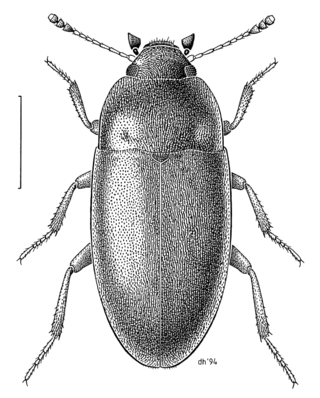
The family Archeocrypticidae is a small group of beetles with no vernacular common name, though recent authors have coined the name cryptic fungus beetles. Adults and larvae seems to be saprophagous and are often found in plant litter. Worldwide, about 10 genera and 50 species are found, most species are pantropical. Enneboeus caseyi has been recorded from the American South, Central America, and Mexico. About 20 species are found in Australia, in the genera Enneboeus,Australenneboeus and Gondwanenneboeus,Archeocrypticus,Falsoplatydema, Nothenneboeus, Sivacrypticus and Wattianus. They are largely absent from the Palearctic and Nearctic regions.

Rhagionidae or snipe flies are a small family of flies. They get their name from the similarity of their often prominent proboscis that looks like the beak of a snipe.
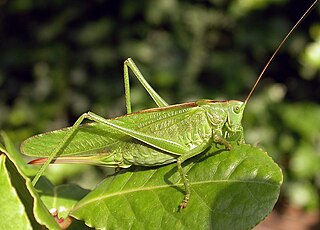
The Tettigoniinae are a subfamily of bush crickets or katydids, which contains hundreds of species in about twelve tribes.

Nemopteridae, the spoonwings, are a family of neuropteran insects. They are also called thread-winged antlions. They are found in the Ethiopian, Palearctic, Australasian and Neotropical realms but absent in North America.

The Eupnoi are a suborder of harvestmen, with more than 200 genera, and about 1,700 described species.

Agyrtidae, or primitive carrion beetles, are a small family of beetles belonging to Staphylinoidea. They are found in mostly temperate areas of the Northern Hemisphere and in New Zealand.
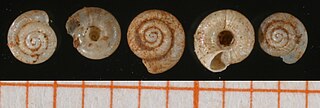
Pristilomatidae is a taxonomic family of air-breathing land snails, terrestrial gastropod mollusks in the superfamily Gastrodontoidea.
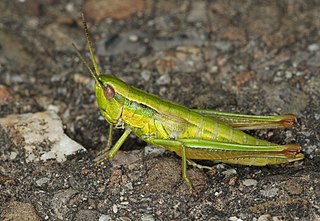
Gomphocerinae, sometimes called "slant-faced grasshoppers", are a subfamily of grasshoppers found on every continent but Antarctica and Australia.

Rhagioninae is a worldwide subfamily of predatory snipe flies.

Cremnorrhinini is a tribe of plant bugs in the family Miridae. There are about 50 genera in Cremnorrhinini, all but five in the subtribe Cremnorrhinina.
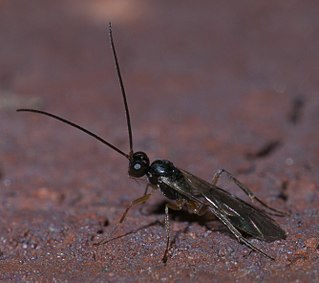
Phygadeuontini is a tribe of ichneumon wasps in the family Ichneumonidae. It is the only tribe in the subfamily Phygadeuontinae. There are about 123 genera in 12 subtribes worldwide.

Hallodapini is a tribe of plant bugs in the family Miridae. There are more than 50 genera in Hallodapini.

Nasocorini is a tribe of plant bugs in the family Miridae. There are more than 50 genera in Nasocorini.

Semiini is a tribe of plant bugs in the family Miridae. There are more than 30 genera in Semiini.


















